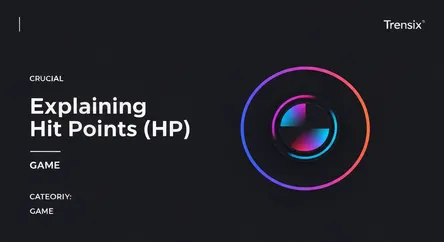Game
Explaining Hit Points (HP)

Discover what Hit Points (HP) are, the core mechanic representing a character's health in games, and why this simple number is vital for gameplay.
What is it?
Hit Points, often abbreviated as HP, are a core gameplay mechanic representing the health or vitality of a character or entity. It's a numerical value that decreases when damage is taken from attacks, traps, or other hazards. When a character's HP reaches zero, they are typically defeated, knocked out, or killed. This simple attribute serves as the primary measure of a character's ability to endure punishment and is a fundamental resource that players must manage to survive. It's a foundational concept in role-playing games (RPGs) but is used across nearly every game genre involving combat.
Why is it trending?
As a foundational game mechanic, Hit Points are perpetually relevant. Discussions trend whenever major new games are released, with players analyzing how titles like Baldur's Gate 3 or Elden Ring implement the system. Debates often focus on variations like regenerating health versus health packs, temporary hit points, or how different damage types affect HP. Game designers constantly innovate on this core concept, leading to fresh strategic layers that keep the community engaged. This ensures that even one of gaming's oldest mechanics remains a constant topic of conversation and strategic analysis.
How does it affect people?
The state of a character's HP directly influences a player's emotions and decision-making. High HP encourages confidence and aggressive tactics, while low HP creates tension, urgency, and forces defensive play, such as seeking cover or using healing items. This creates a dynamic risk-reward loop that is central to the challenge of many games. The visual and audio cues for losing HP—like a flashing red screen or a critical health warning—are designed to evoke a visceral sense of danger, deeply immersing the player in their character's struggle for survival and making every victory feel earned.